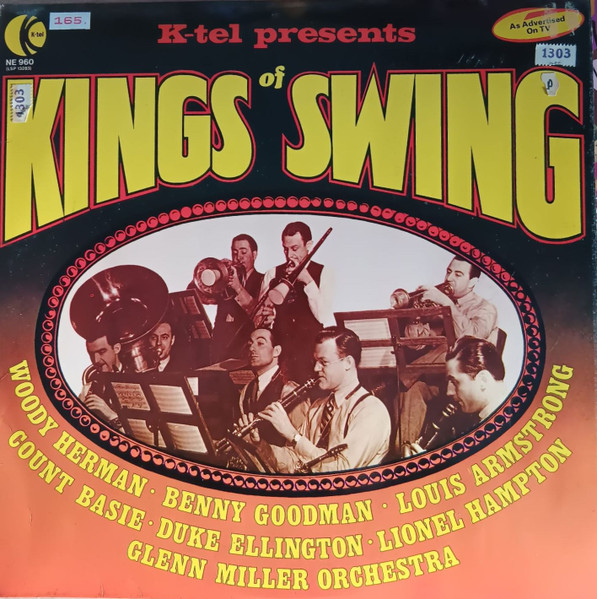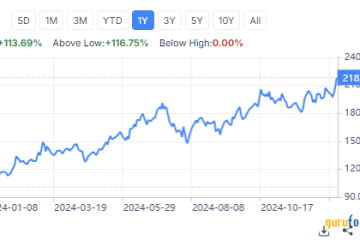The Kings of Swing and Bebop: Icons of Jazz History

Introduction
The realms of jazz music are profoundly enriched by various styles, among which the ‘Kings of Swing’ and the ‘Bebop’ movement stand out as monumental influences. These genres encapsulate a transformative phase in the world of jazz, reflecting both cultural shifts and artistic innovation. Understanding the evolution and impact of these styles is essential for any music enthusiast, as they not only shaped the sounds of their respective eras but also paved the way for contemporary jazz.
The Kings of Swing
The Swing era, predominantly in the 1930s and 1940s, represented a golden age for jazz, characterized by big bands and a focus on danceability. Leaders like Duke Ellington, Benny Goodman, and Count Basie defined the genre, with their arrangements and performances electrifying audiences. Duke Ellington’s composition and orchestration significantly influenced jazz sophistication, while Benny Goodman earned the title ‘King of Swing’, leading one of the most popular swing bands in history. Count Basie’s band introduced a more laid-back style—often referred to as ‘the rhythm section of the world’—that emphasized groove and pulse, making the genre accessible and enjoyable for all.
The Birth of Bebop
As World War II drew to a close, a new style emerged, pushing the boundaries of jazz: Bebop. Artists such as Charlie Parker and Dizzy Gillespie emerged as pioneers of this intense, complex, and innovative genre. Bebop focused on improvisation, intricate melodies, and fast tempos, shifting jazz from a dance-based music to an art form meant for listening. This marked a significant departure from the commercialized elements of Swing, attracting a more artistically inclined audience. The virtuosic musicianship required in Bebop, along with its emphasis on individual expression, redefined the landscape of jazz, laying the groundwork for future developments including modern jazz.
Conclusion
The contributions of the Kings of Swing and Bebop have left an indelible mark on the music world, influencing countless artists across genres. Today, jazz continues to evolve, and the foundational elements laid down by these influential figures remain evident. As audiences experience contemporary jazz, they carry forward the legacies of Ellington, Goodman, Basie, Parker, and Gillespie—pioneers who transformed the musical landscape and defined what it means to be a true innovator in jazz.









